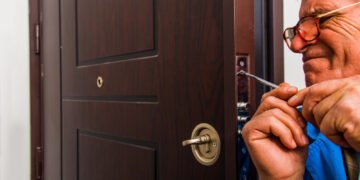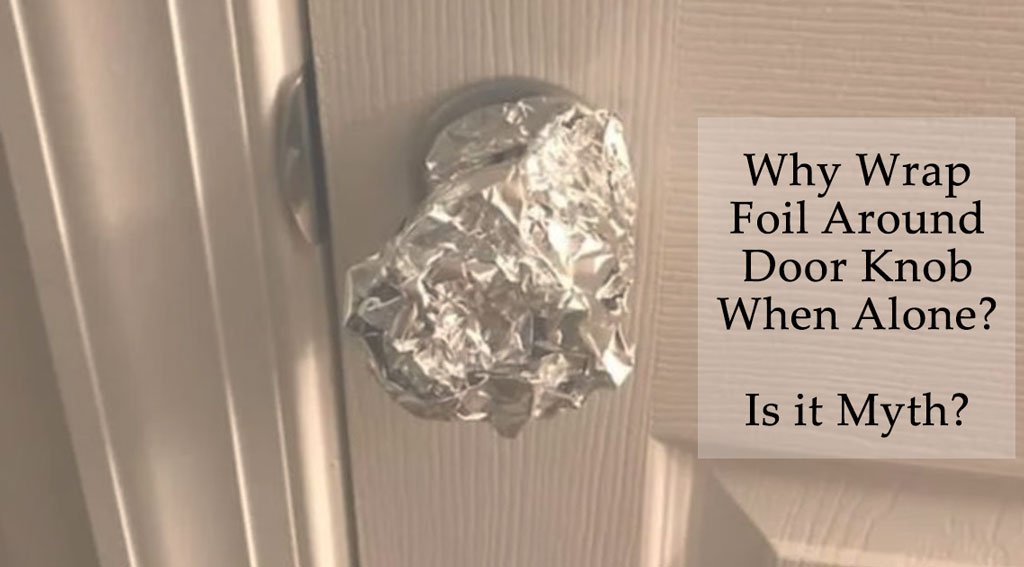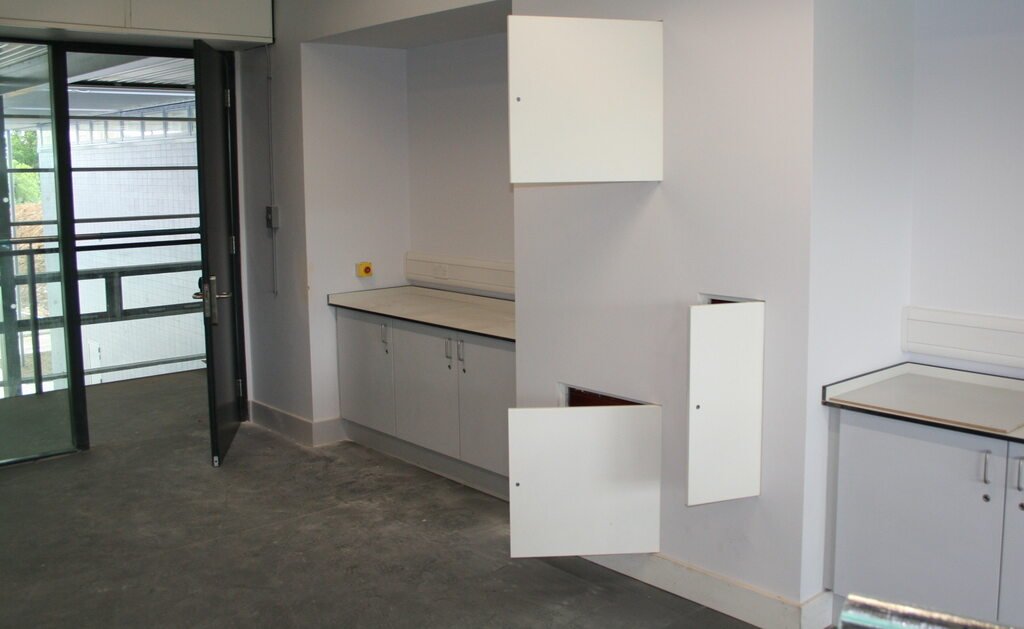The risk of fire and unauthorized access is an ever-present concern for homeowners, and architects bear the responsibility of safeguarding these sanctuaries. Homes often have to choose between security and aesthetics, with the traditional security measures creating obvious barriers and doors that clash with the overall design. This compromise can leave homes vulnerable to potential hazards, causing homeowners to worry. The solution? Fire-rated access doors.
In this article, we’ll explore the role of fire-rated access doors in enhancing fire safety and home security without compromising aesthetics.
How Fire-Rated Access Doors Increase Home Security
Fire Resistance and Containment
Fire-rated access doors have specific properties that enable them to resist and contain fires effectively. These properties make them vital components in fire prevention and safety measures. Here’s a closer look at how fire-rated access doors achieve fire resistance and containment.
1. Fire-Rated Materials
Fire-rated access doors have fire-resistant cores that withstand high temperatures and flame exposure. This core usually consists of gypsum, cementitious material, or vermiculite. These materials have a high melting point and slow heat transfer, contributing to fire resistance.
2. Intumescent Gaskets
Fire-rated access doors have intumescent gaskets or seals that expand when exposed to heat. This expansion creates an airtight seal, preventing the passage of flames and smoke. The intumescent gaskets play a crucial role in containing fires.
3. Structural Integrity
Fire-rated access doors have reinforced frames and hinges. This structural integrity ensures that the doors remain in place during a fire, resisting the pressure and heat generated by the flames.
4. Heat and Flame Resistance
- High Heat Tolerance: The materials used in fire-rated access doors have increased heat tolerance. They can withstand exposure to fire for a specified period, denoted by their fire rating. During this time, they effectively resist the transfer of heat.
- Flame Resistance: Fire-rated doors resist the spread of flames. They work by containing the fire within a particular area, which helps to prevent it from spreading to other parts of the building.
5. Smoke Control
As mentioned, fire-rated access doors not only resist flames but also limit the spread of smoke. Intumescent seals, gaskets, and other elements prevent smoke from entering through access points.
6. Fire Ratings
Fire-rated access doors undergo rigorous testing to ensure they meet specific fire ratings set by regulatory authorities. These ratings determine how long the doors can resist fire and are classified accordingly (1-hour, 2-hour, etc.).
7. Easy Access for Emergency Responders
Emergency responders need to be able to open access doors quickly during a fire emergency. This helps them to put out the fire and rescue people inside the building.
Preventing Unauthorized Access
Fire-rated access doors not only serve a crucial role in fire protection but also play a significant part in preventing unauthorized access to restricted areas of a home. They can be seamlessly integrated into the home’s design while maintaining their security features.
1. Restricted Area Protection
- Utility Rooms: Fire-rated access doors secure utility rooms housing electrical panels, water heaters, and HVAC equipment. These areas must be restricted to authorized individuals only, and access doors provide a secure means of achieving this.
- Crawl Spaces: Access doors secure crawl spaces or basements, preventing unauthorized entry and ensuring these areas remain off-limits.
- Attics: In homes with accessible attics, access doors control access and prevent unauthorized entry. This is particularly important for security and safety reasons.
2. Locking Mechanisms
Fire-rated access doors can be equipped with keyed locks, allowing homeowners to control who has access to these areas. Only individuals with the appropriate key can unlock and open the doors.
3. Integration into Home Design
- Architectural Considerations: Fire-rated access doors can seamlessly integrate into the home’s architectural design. They can blend with the surrounding surfaces, making them less conspicuous.
- Material and Finish Options: Access doors come in various materials and finishes. Architects can choose ones that match the design of the area they’re in. This ensures that everything looks cohesive and works well together.
- Hidden Locations: Installing access doors in built-in cabinetry or removable wall panels can keep them out of sight.
4. Access for Authorized Individuals
While access doors prevent unauthorized entry, they are easily accessible to those needing maintenance or repairs, such as electricians, plumbers, or HVAC technicians. This balance between security and accessibility is crucial.
5. Code Compliance
Fire-rated access doors meet building codes and safety regulations, including security and access control. Complying with these codes that serve a security function is crucial to ensure they work effectively.
Customization and Applications
Fire-rated access doors, such as the BA-PFN fire-rated uninsulated access door, serve a range of applications in home security—offering solutions for different needs and locations within the home. They can suit specific requirements, making them versatile components in safeguarding a residence. Here are various applications and how these doors can adjust their roles in home security.
1. Utility Rooms
- Application: Fire-rated access doors can secure utility rooms, housing electrical panels, water heaters, and HVAC equipment. These doors prevent unauthorized access to areas that may pose safety hazards and protect critical systems.
- Customization: Access doors for utility rooms can be customized to match the materials and finishes in the adjacent spaces. This ensures they blend seamlessly with the home’s design while providing security.
2. Crawl Spaces and Basements
- Application: Fire-rated access doors restrict access to crawl spaces or basements. They prevent unauthorized entry and protect these areas from tampering or intrusion.
- Customization: You can customize these doors to fit any access point and paint or finish them to match the surrounding walls or flooring. They can also include locking mechanisms to enhance security.
3. Attics
- Application: Access doors provide security for attics, ensuring they remain off-limits to unauthorized individuals. This is essential for safeguarding stored items, insulation, and maintaining the integrity of the space.
- Customization: Attic access doors can be unobtrusive and fit seamlessly with the ceiling. They can also include insulation to maintain temperature control and energy efficiency.
4. Safe Rooms
- Application: Fire-rated access doors can secure safe or panic rooms in homes. These doors provide protection and a secure location in case of emergencies.
- Customization: Access doors for safe rooms are often reinforced and can include advanced locking mechanisms, ensuring a high level of security.
5. Hidden Storage
- Application: You can create hidden storage spaces within a home using fire-rated access doors. These doors maintain the concealed nature of the storage while providing added security.
- Customization: Access doors for hidden storage can mimic adjacent surfaces, making them virtually indistinguishable when closed. This enhances both security and aesthetics.
6. Floor Access
- Application: Fire-rated access doors are utilized in some homes to access subfloor areas. These doors secure the access point while ensuring only authorized individuals can enter.
- Customization: Floor access doors can blend with the flooring material, making them visually unobtrusive. They can also include a locking mechanism for security.
To Wrap Up
Fire-rated access doors offer the dual advantage of enhancing fire safety and home security without compromising the aesthetics and design of a residence. These doors provide fire resistance and containment while preventing unauthorized access to critical areas of a home. Their customization options allow them to seamlessly integrate into various architectural elements and cater to specific applications. Secure any home against fire risks and unauthorized access by considering fire-rated access doors.
Recommended Posts:















